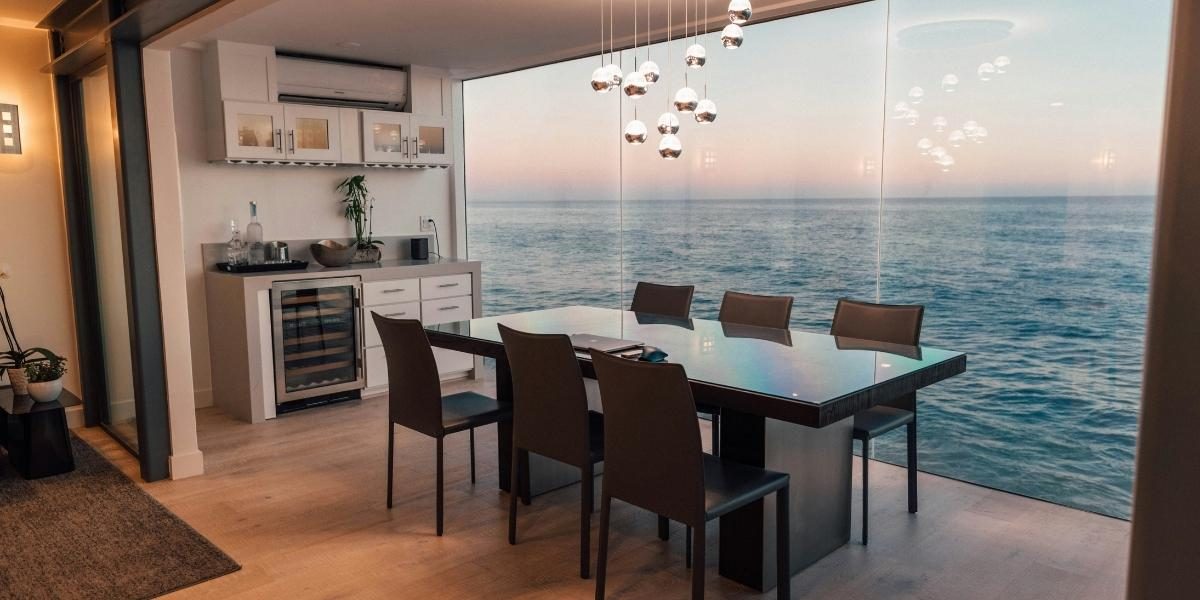A well-designed home is more than just an aesthetically pleasing space. Interior design influences mood, functionality, and overall comfort. Whether creating a cozy living area, a productive home office, or a relaxing bedroom, the right design choices can enhance daily life. Experts emphasize that understanding color, furniture placement, and lighting is key to achieving a harmonious space without unnecessary expenses.
Read Also: How Seattle Became the Heart of Specialty Coffee
What Are the Core Principles of Interior Design?
Every well-designed space follows a few fundamental principles. Balance, harmony, contrast, and proportion all contribute to how a room feels and functions. Designers often emphasize symmetry and visual weight to prevent a space from feeling too cluttered or too empty.
The concept of “form follows function” is an essential guideline. A space should first serve a purpose, then be enhanced aesthetically. A well-designed home office, for example, should prioritize ergonomic furniture and natural lighting before adding decorative elements.
How Does Color Affect Interior Design?
Color is one of the most powerful design elements, capable of influencing emotions and perceptions. Lighter tones create an open, airy feel, while darker shades offer a sense of warmth and intimacy. Color psychology suggests that blue promotes calmness, green enhances balance, and yellow boosts energy.
Neutral palettes remain a favorite among designers, offering versatility and timeless appeal. Accents through art, cushions, or statement furniture introduce pops of color without overwhelming a space. Choosing colors that complement natural light ensures the home maintains a welcoming atmosphere throughout the day.
What Role Does Lighting Play in Interior Design?
Lighting transforms a space by affecting ambiance, functionality, and mood. Natural light is always preferred, making large windows, skylights, and light-reflecting surfaces valuable design elements. When natural light is limited, a layered lighting approach enhances a room’s usability.
Ambient lighting provides overall illumination, while task lighting focuses on specific activities like reading or cooking. Accent lighting highlights architectural features, artwork, or decorative elements. Well-placed lighting fixtures visually expand smaller spaces and add depth to a room.
How Can Furniture Placement Improve a Room?
Strategic furniture arrangement ensures smooth movement, functionality, and balance within a space. Designers recommend avoiding overcrowding, as too much furniture can make a room feel restrictive. Keeping clear walkways improves accessibility while allowing the room to feel more spacious.
A focal point—such as a fireplace, artwork, or statement piece—helps guide furniture placement. Arranging seating areas to encourage conversation makes living spaces more inviting. Multi-functional furniture, such as storage ottomans or expandable tables, optimizes space without sacrificing style.
What Are the Best Budget-Friendly Interior Design Tips?
Transforming a home does not require a complete renovation. Small, affordable updates can have a significant impact. Rearranging existing furniture, incorporating mirrors to enhance light, and adding indoor plants bring freshness to a room.
Paint is one of the most cost-effective changes, instantly updating a space with minimal effort. Swapping out old hardware, such as cabinet knobs or light fixtures, provides a modern refresh. Statement pieces, like rugs, pillows, or artwork, allow for seasonal updates without a large investment.
How Can Small Spaces Feel Bigger?
Maximizing space in smaller homes requires clever design strategies. Mirrors create an illusion of depth, while light colors keep a space feeling open. Multi-purpose furniture, such as beds with storage drawers or foldable desks, improves functionality.
Decluttering plays a crucial role in maintaining a spacious and organized environment. Open shelving, vertical storage solutions, and hidden compartments help minimize visual clutter. Keeping a space free from unnecessary items contributes to a more relaxing and functional atmosphere.
Read Also: The Birth of the Automobile: From Benz’s Motorwagen to Ford’s Model T
What Are the Latest Interior Design Trends?
Design trends evolve, but some styles remain timeless. Minimalism continues to be a favorite, with a focus on clean lines, open spaces, and natural materials. Sustainable and eco-friendly design elements, such as reclaimed wood and energy-efficient lighting, are gaining popularity.
Bold patterns and statement walls add personality to a space without overwhelming it. Earthy tones, textured fabrics, and biophilic design—which integrates nature into indoor spaces—create a calm and organic feel. Flexible and adaptable layouts allow rooms to serve multiple functions, making them ideal for modern living.
Published by Drake M.






